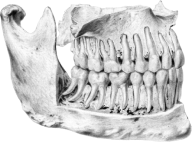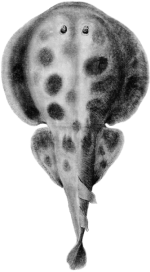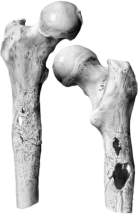
A gallery of the Hunterian Museum, showing a skeleton of an individual who lived with FOP
First, do no harm: FOP Friends and Medics4RareDiseases, February 2024
You can watch a video of the highlights of the event on the Medics 4 Rare Diseases' Facebook page: Medics 4 Rare Diseases Facebook
This event was a chance for medical professionals to find out how patient advocacy can change the course of rare genetic conditions and how basic principles of good clinical care can make all the difference to their rare patients both now and in the future.
FOP is just one example of a rare genetic bone condition that has been familiar to medicine for hundreds of years but is not familiar to the average healthcare professional because it impacts one in a million people.
Also like many rare conditions, what we do know about FOP is largely thanks to patients and families who have given their time, stories, samples and bodies to the pursuit of improving the outlook of those with FOP in the future.
Guests heard patient stories from the 18th Century to the present day. Talks by people who live with FOP as well as advocates and clinicians who have been pivotal in improving life for those living with FOP today and developing treatments in the future.
Speakers included:
Chris and Oliver Bedford-Gay, FOP Friends, Rare advocacy in medicine
Professor James Triffitt, Professor Emeritus of Bone Metabolism, University of Oxford, Discovery and decision making
Lucy Pratt, Patient advocate, Patient leadership in rare disease
Professor Richard Keen, Consultant in Rheumatology and Metabolic Bone Disease - Royal National Orthopaedic Hospital, Looking to the future through research
In visits to the Hunterian Museum and RCSEng Anatomy and Pathology Museum, attendees had the opportunity to view the skeletons of two people who lived with FOP, one in the 18th Century and the other over 230 years later.


